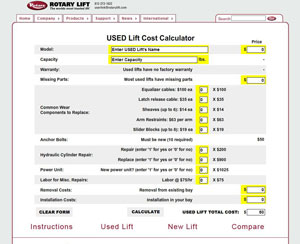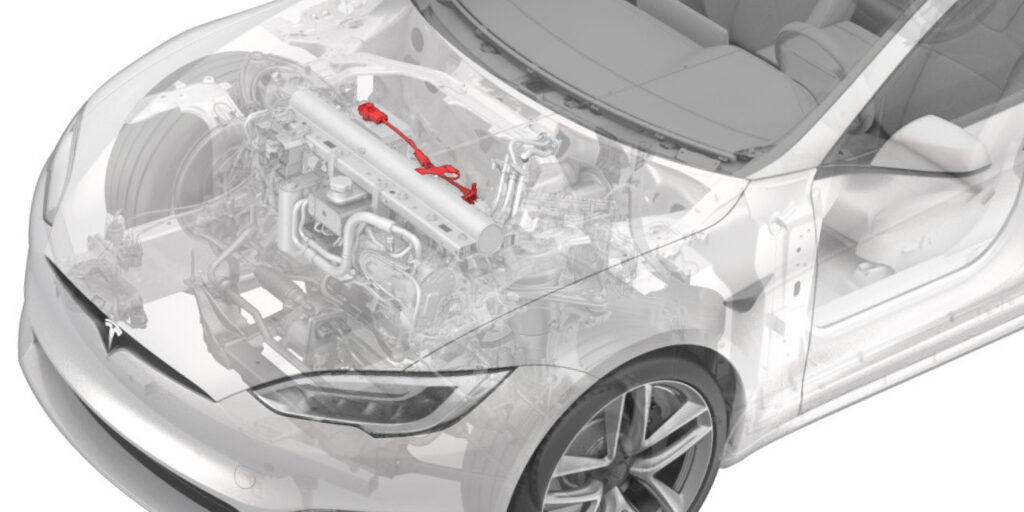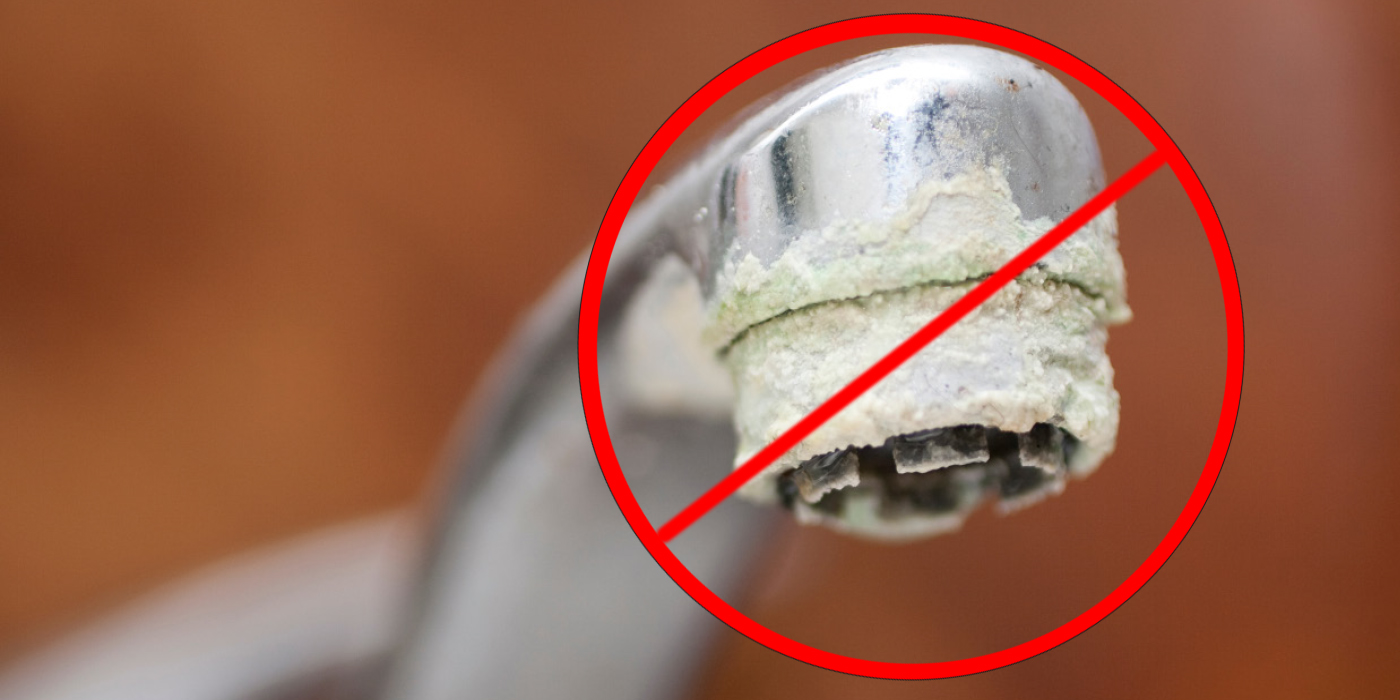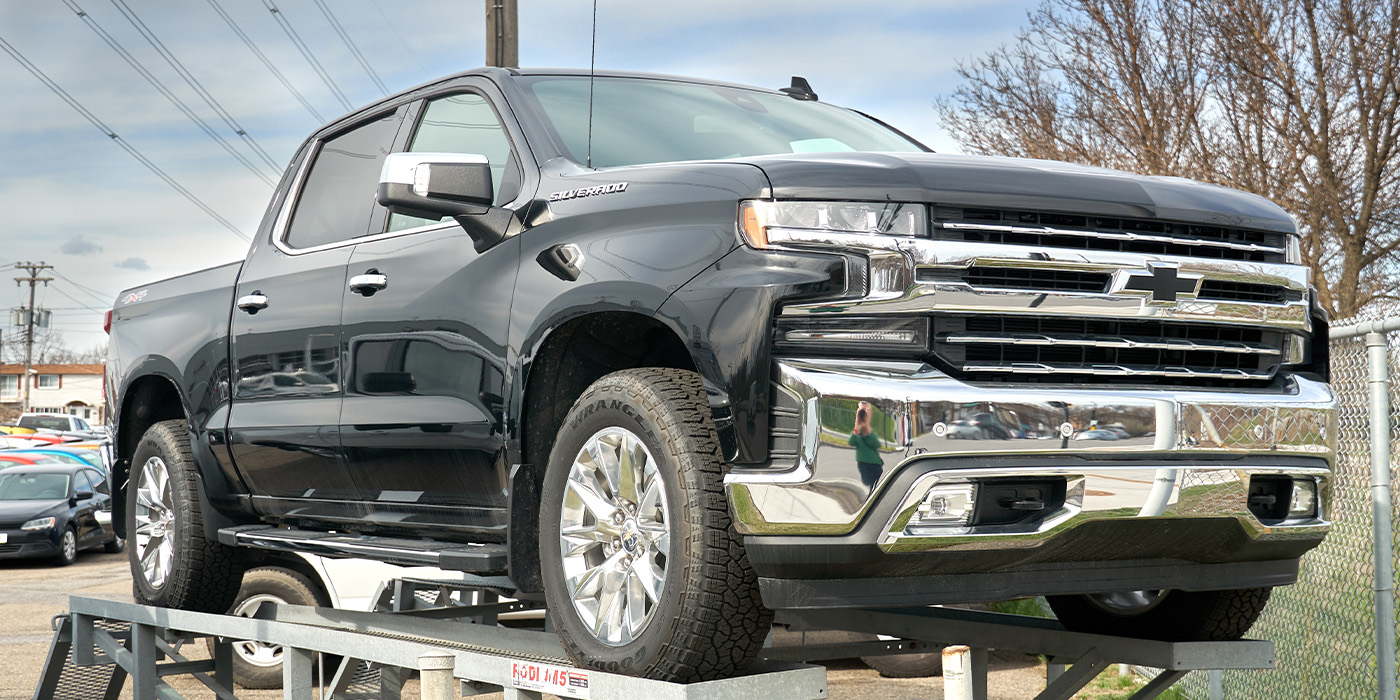As thousands of car dealerships across the United States close, their vehicle service equipment — including vehicle lifts — is being liquidated. Other dealers, independent repair shops and individual technicians are snapping up this used equipment, thinking they’re getting good deals. But are they?
 “It’s human nature to think that when you buy something used, especially in an auction or liquidation sale setting, that you’re getting a great price,” says Bob Ford, Rotary Lift customer service manager. “But that’s not always the case. And unless you’ve done your homework, you won’t really know the true cost of the equipment you’re buying and how it would compare to buying new.”
“It’s human nature to think that when you buy something used, especially in an auction or liquidation sale setting, that you’re getting a great price,” says Bob Ford, Rotary Lift customer service manager. “But that’s not always the case. And unless you’ve done your homework, you won’t really know the true cost of the equipment you’re buying and how it would compare to buying new.”
To help customers calculate and compare the costs of a used vehicle lift to a new one, Rotary Lift has created a Used Lift vs. New Lift Cost Calculator. This free application is available on the Rotary Lift website at www.rotarylift.com/lift_cost_calculator.aspx.
To use the calculator, the customer simply inputs information about the used lift under consideration, including capacity, replacement parts costs, repair costs, removal costs, installation costs and lift price. Then he or she inputs price and installation costs for a comparable new lift. The calculator then summarizes the cost results for both options side by side.
While using the calculator, buyers will discover that most used lifts are missing some parts which will need to be replaced at an additional cost. (If the lift has already been dismantled, any missing parts may not be apparent). At a minimum, all used surface lifts will require 10 new anchor bolts for a cost of $50. Many also need hydraulic cylinder repair at an average cost of $900. A new power unit will run $1025. The calculator also factors in labor at $75/hour for miscellaneous repairs. Used lifts are not covered by manufacturers’ warranties.
Another cost consideration for businesses thinking about buying used lifts is the potential loss of tax benefits. Through the Section 179 Tax Deduction, the Internal Revenue Service allows businesses to deduct the full purchase price of any new equipment purchased or financed in 2009 on the company’s 2009 tax return, instead of depreciating the equipment over time. But the deduction only applies to new equipment. (See www.section179.org for more information.)
“A used lift also comes with a lot of unknowns,” Ford says. “The buyer generally won’t know how the lift was used and how often. Lifts used for fast service have been cycled many more times than those in standard bays and will therefore require more frequent maintenance and more replacement parts. The new buyer also won’t know if the lift was ever overloaded or if it was properly maintained. It also won’t be clear whether or not any replacement parts on the lift are original equipment — and remember, installing non-OE parts on an ALI-certified lift voids that lift’s safety certification.”
Productivity is another important factor to consider. Many older lifts (from 2003 and earlier) have lower rated lifting capacities than modern lifts, making them unsuitable for picking up today’s heavier vehicles.
To try the Rotary Lift Used Lift vs. New Lift Cost Calculator or for more information about Rotary’s full line of vehicle lifts, productivity tools and service/support, visit www.rotarylift.com or call (800) 640-5438.














